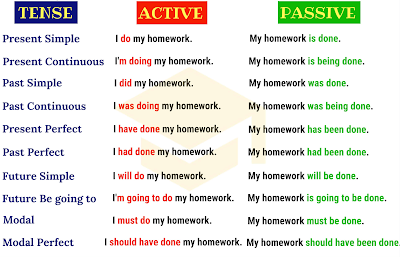Below is a list of Christmas-themed books that incorporate music or songs within their narratives:
"A Christmas Carol" by Charles Dickens: This classic novella tells the story of Ebenezer Scrooge and his transformation after being visited by the ghosts of Christmas Past, Present, and Future. While not primarily focused on music, it includes references to Christmas carols and the joyous spirit of the season.
"The Polar Express" by Chris Van Allsburg: This beloved children's book follows a young boy's magical journey on the Polar Express train to the North Pole. The book references the "Jingle Bells" song and captures the enchantment of Christmas through its illustrations.
"The Nutcracker" by E.T.A. Hoffmann: This classic tale, which has inspired numerous adaptations, including ballets and movies, features a magical Christmas Eve adventure and incorporates the iconic music of Tchaikovsky's ballet.
"The Christmasaurus" by Tom Fletcher: In this heartwarming children's book, a young boy named William Trundle befriends a dinosaur named the Christmasaurus. The book includes original songs written by the author, who is also a musician.
"Letters from Father Christmas" by J.R.R. Tolkien: This collection of letters written by Tolkien to his children over several years presents tales of Santa Claus and his adventures at the North Pole. While not focused on music, the letters contain references to songs and poems.
"A Wish for Wings That Work: An Opus Christmas Story" by Berkeley Breathed: This delightful picture book follows Opus the penguin as he tries to fulfill his dream of flying with the help of Santa Claus. It features song lyrics and includes a musical theme throughout the story.
"The Christmas Miracle of Jonathan Toomey" by Susan Wojciechowski: This touching story follows a lonely woodcarver named Jonathan Toomey who experiences healing and love during the holiday season. Music is subtly intertwined with the narrative, capturing the spirit of Christmas.
"The Twelve Days of Christmas" illustrated by Jan Brett: This beautifully illustrated book presents the classic Christmas song, "The Twelve Days of Christmas," with each day featuring a different intricate scene. The book brings the song to life through stunning artwork.
"The Night Before Christmas" illustrated by Charles Santore: This timeless poem, also known as "A Visit from St. Nicholas," is beautifully illustrated by Charles Santore and captures the anticipation and magic of Santa's visit on Christmas Eve.
"A Merry Christmas Cookbook" by Disney Book Group: While not a traditional narrative book, this cookbook features holiday recipes inspired by beloved Disney characters and movies. It includes festive songs and carols throughout, adding a musical touch to the Christmas cooking experience.
These Christmas-themed books incorporate music or songs in different ways, capturing the joy, wonder, and festive spirit of the holiday season. Enjoy reading and singing along during the most wonderful time of the year!















